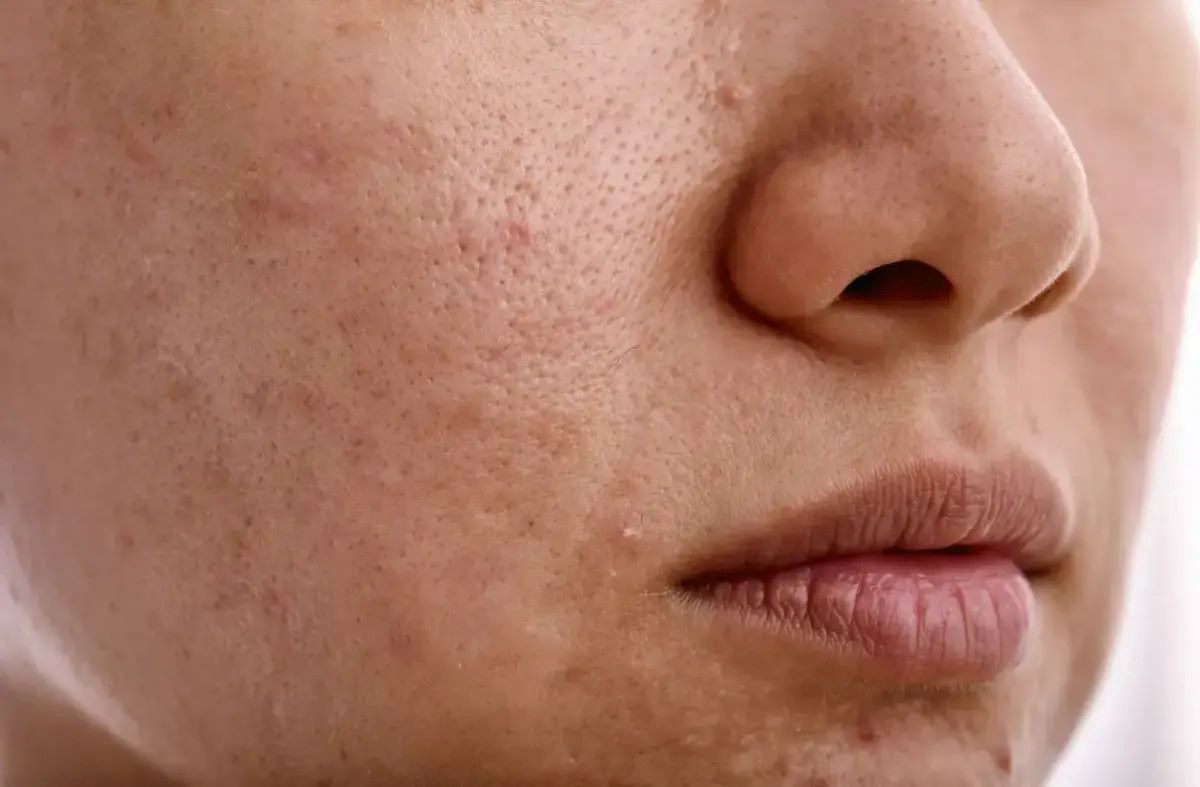
Sebaceous glands might not be the first thing you think about when considering skin health, but they play a crucial role. These tiny oil-producing glands are found all over your body, except on your palms and soles. They secrete sebum, an oily substance that keeps your skin and hair moisturized. Without them, your skin would be dry and cracked, making it more susceptible to infections. Ever wondered why teenagers often struggle with acne? It’s because sebaceous glands become more active during puberty, producing more sebum. Understanding these glands can help you better manage your skin care routine. Ready to learn more? Let’s dive into 50 fascinating facts about sebaceous glands!
What Are Sebaceous Glands?
Sebaceous glands are tiny oil-producing glands in your skin. They play a crucial role in keeping your skin moisturized and protected. Let’s dive into some fascinating facts about these essential skin components.
- Sebaceous glands are found all over your body except on the palms of your hands and soles of your feet.
- They produce an oily substance called sebum, which helps to keep your skin and hair moisturized.
- Sebum is made up of triglycerides, wax esters, squalene, and free fatty acids.
- These glands are most abundant on your face and scalp.
- Sebaceous glands are connected to hair follicles and release sebum through the hair shaft.
- Hormones, especially androgens, regulate the activity of sebaceous glands.
- Overactive sebaceous glands can lead to oily skin and acne.
- Underactive sebaceous glands can cause dry, flaky skin.
- Sebaceous glands begin to function during puberty due to hormonal changes.
- They continue to produce sebum throughout your life, but production decreases with age.
The Role of Sebum
Sebum is the oily substance produced by sebaceous glands. It has several important functions for your skin and hair.
- Sebum helps to create a protective barrier on the skin’s surface.
- It prevents water loss from the skin, keeping it hydrated.
- Sebum has antibacterial properties that help protect the skin from infections.
- It also has antifungal properties, providing additional protection.
- Sebum helps to maintain the skin’s pH balance.
- It gives hair its natural shine and smooth texture.
- Sebum can sometimes mix with dead skin cells and clog pores, leading to acne.
- The amount of sebum produced can vary depending on factors like age, gender, and genetics.
- Diet and lifestyle choices can also affect sebum production.
- Stress can increase sebum production, potentially leading to breakouts.
Sebaceous Gland Disorders
Sebaceous glands can sometimes malfunction, leading to various skin conditions. Here are some common disorders related to these glands.
- Acne is the most common disorder associated with sebaceous glands.
- Seborrheic dermatitis is a condition where the skin becomes red, itchy, and flaky due to overactive sebaceous glands.
- Rosacea can sometimes involve sebaceous gland hyperplasia, causing enlarged glands and redness.
- Sebaceous cysts are non-cancerous lumps filled with sebum that can form under the skin.
- Hyperplasia is a condition where sebaceous glands become enlarged, often appearing as small bumps on the skin.
- Sebaceous adenoma is a benign tumor of the sebaceous glands.
- Sebaceous carcinoma is a rare but aggressive form of skin cancer that originates in the sebaceous glands.
- Hormonal imbalances can lead to disorders of the sebaceous glands.
- Certain medications can affect the function of sebaceous glands.
- Proper skincare and hygiene can help manage and prevent sebaceous gland disorders.
Interesting Facts About Sebaceous Glands
Beyond their basic functions and disorders, sebaceous glands have some intriguing aspects worth noting.
- Sebaceous glands are present in the skin of most mammals, not just humans.
- The glands in the ear canal produce earwax, which is a type of sebum.
- Sebum production can be influenced by seasonal changes, often increasing in warmer weather.
- Some people have more sebaceous glands than others, contributing to differences in skin types.
- Sebaceous glands can become more active during pregnancy due to hormonal changes.
- Certain skin care products can help regulate sebum production.
- Over-washing your face can strip away natural oils, causing sebaceous glands to produce more sebum.
- Sebaceous glands can sometimes become infected, leading to painful abscesses.
- The size and activity of sebaceous glands can vary between different ethnic groups.
- Sebaceous glands can regenerate after being damaged, although the process can take time.
Fun Facts About Sebaceous Glands
Let’s wrap up with some fun and lesser-known facts about sebaceous glands.
- The word “sebaceous” comes from the Latin word “sebum,” meaning tallow or grease.
- Ancient Egyptians used to apply animal fat to their skin, mimicking the natural sebum produced by sebaceous glands.
- Some animals, like sheep, produce a type of sebum called lanolin, which is used in skincare products.
- Sebum has a unique smell that can vary from person to person.
- The amount of sebum produced can change throughout the day, often peaking in the afternoon.
- Sebaceous glands can be found in the eyelids, where they help to keep the eyes lubricated.
- The glands can also be found in the genital area, where they help to protect sensitive skin.
- Some people have a condition called “seborrhea,” which causes excessive sebum production.
- Sebaceous glands can be stimulated by certain foods, such as dairy and high-glycemic foods.
- Regular exercise can help to regulate sebum production by balancing hormones and reducing stress.
Final Thoughts on Sebaceous Glands
Sebaceous glands play a vital role in keeping our skin healthy. They produce sebum, which moisturizes and protects our skin from bacteria. These tiny glands are found all over the body, except on the palms and soles. Hormones, especially during puberty, can cause them to produce more oil, leading to acne. Proper skincare, including gentle cleansing and moisturizing, helps maintain balance. Understanding sebaceous glands can lead to better skin health and fewer breakouts. Remember, everyone’s skin is different, so what works for one person might not work for another. If you have persistent skin issues, consulting a dermatologist is a good idea. Keep these facts in mind, and you’ll be better equipped to take care of your skin.
Was this page helpful?
Our commitment to delivering trustworthy and engaging content is at the heart of what we do. Each fact on our site is contributed by real users like you, bringing a wealth of diverse insights and information. To ensure the highest standards of accuracy and reliability, our dedicated editors meticulously review each submission. This process guarantees that the facts we share are not only fascinating but also credible. Trust in our commitment to quality and authenticity as you explore and learn with us.


